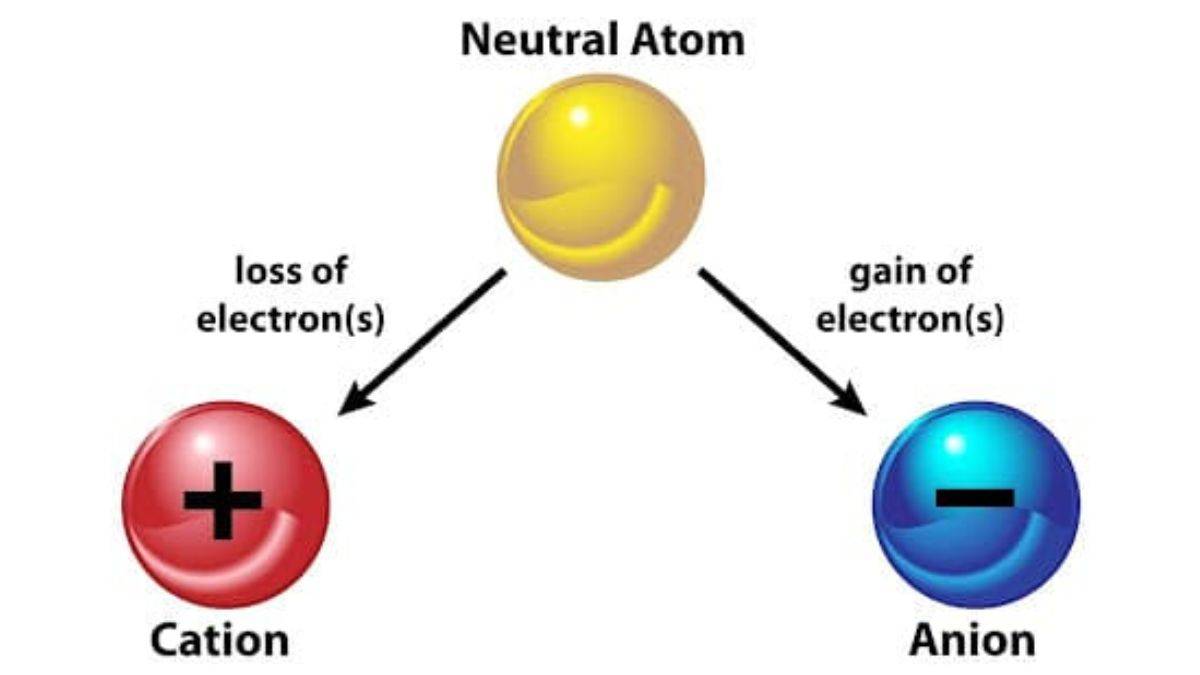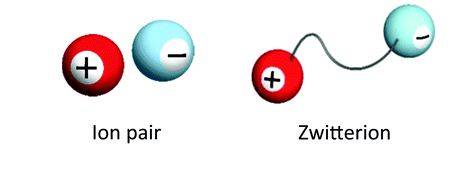
Ions are atoms or molecules formed due to the loss or gain of electrons. Two types of ions are anions and cations. These ions are the fundamental concepts in the field of atomic structure and chemical bonding. The differences between anions and cations are based on the charges they carry. Cations are positively charged, and they are formed when an atom loses electrons. On the other hand, anions are negatively charged ions formed when an atom gains electrons. Understanding the differences between the anions and cations will help explain electrolysis, conductivity, chemical reactions, and ionic compound formation.
Students can check their textbooks to better understand the topics. Focusing on class notes will help to better understand the topics. Also, practising the NCERT Solutions will help in making a good grasp of the cations and anions topics. Refer to the article for the definition of cations and anions, the difference between anions and cations, and examples.
Also Read:
| NCERT Class 11 Notes | |
| NCERT Class 11 Chemistry Notes |
- What are Anions and Cations?
- What are Anions?
- What are Cations
- Differences between Anions and Cations
- Cation and Anions in Class 10
- Cation and Anions in Class 12
- Illustrated Examples
- FAQs on Difference between Anions and Cations
What are Anions and Cations?
Chemistry is all about atoms and electrons that have either gained or lost their weight by eliminating or adding one or two valence electrons, carrying either positive or negative charge. The ions with a negative charge are called anions, and cations are those with a positive charge. As both have opposite charges, they are drawn to each other and form an ionic bond.
Related Topics:
| Class 12 NCERT Notes | |
| Class 12 Maths NCERT Notes |
What are Anions?
Anions are negatively charged ions. It is formed when an atom gains an electron. Few examples of anions are iodide (I–), sulfate (SO₄²⁻), and hydroxide (OH–).
What are Cations
Cations are positively charged ions that are formed when an atom loses electrons. Some examples of cations are ammonium (NH4+), hydrogen (H+), potassium (K+), and silver (Ag+).
Differences between Anions and Cations
| Anions |
Cations |
|---|---|
| 1. Ions that are charged negatively are known as anions. |
1. Positively charged ions are known as cations. |
| 2. Anions are formed from an atom acquiring an electron. |
2. Cations are formed by an atom's loss of electrons. |
| 3. The number of e- in anions is greater than the number of protons. |
3. The number of e- in a cation is smaller than the number of protons. |
| 4. Type of element: Nonmetal |
4. Type of element: Metal |
| 5. Type of electrode used: Anode |
5. Type of electrode used: Cathode |
| 6. Anions combine the ionic bonds with the cations to form them. |
6. To form the ionic bonds, cations mix with the anions. |
| 7. Eg: Fluoride (F-), Bromide (Br-), Iodide (I-), Nitride (N3-) |
7. Eg: Iron (Fe2+), Sodium (Na+), Lead (Pb2+). |
Cation and Anions in Class 10
Cations and anions are covered in almost every chapter of chemistry, as reactions are presented in most chapters. There is a chapter titled ‘Atoms and Molecules’ that goes into detailed study.
Cation and Anions in Class 12
In class 12, you have to have in-depth knowledge of cations and anions for understanding the detailed concepts of any chapter. The entire organic chemistry is based on reactions, and no reaction can be solved without knowing the charge on a cation or an anion.
Illustrated Examples
1. How are anions and cations formed?
A: As a metal loses electrons, cations (positively-charged ions) and anions (negatively-charged ions) are formed, and a nonmetal gains those electrons.
2. What are cations and anions supposed to mean?
A: Due to the cumulative number of e- being unequal to the aggregate number of protons, an ion's net charge is non-zero. With fewer electrons than protons, a cation is a positively charged ion, while an anion is negatively charged, with more e- than protons.
3. What are the two ion types?
There are more electrons than protons in anions, and they thus have a net negative charge. There are more protons in cations than electrons, so they have a net positive charge. In different positions throughout a molecule, ‘zwitterions’ are neutral and contain both positive and negative charges.
FAQs on Difference between Anions and Cations
Chemistry Atoms and Molecules Exam
Student Forum
Popular Courses After 12th
Exams accepted
CA FoundationExams accepted
ICSI ExamExams accepted
BHU UET | GLAET | GD Goenka TestBachelor of Business Administration & Bachelor of Law
Exams accepted
CLAT | LSAT India | AIBEExams accepted
IPMAT | NMIMS - NPAT | SET
Exams accepted
BHU UET | KUK Entrance Exam | JMI Entrance ExamBachelor of Design in Animation (BDes)
Exams accepted
UCEED | NIFT Entrance Exam | NID Entrance ExamBA LLB (Bachelor of Arts + Bachelor of Laws)
Exams accepted
CLAT | AILET | LSAT IndiaBachelor of Journalism & Mass Communication (BJMC)
Exams accepted
LUACMAT | SRMHCAT | GD Goenka Test



